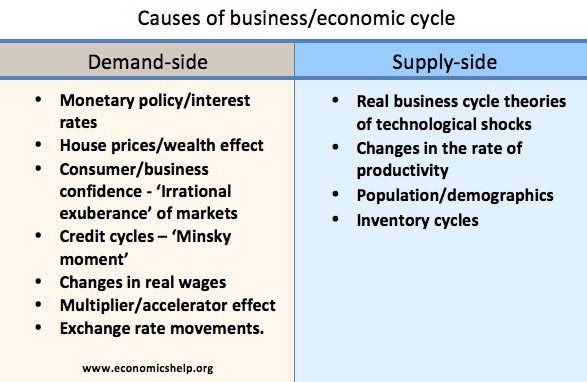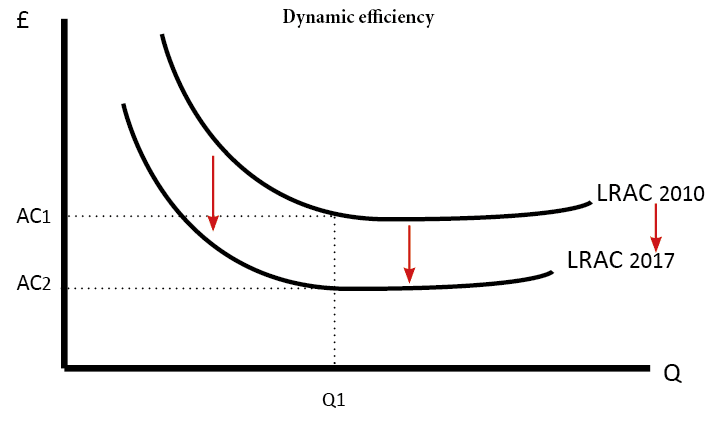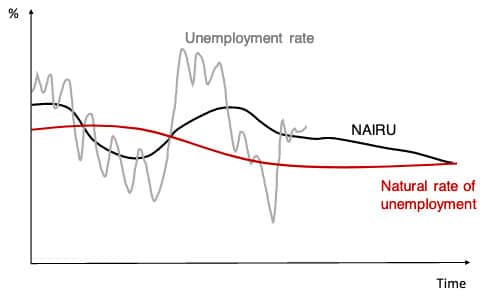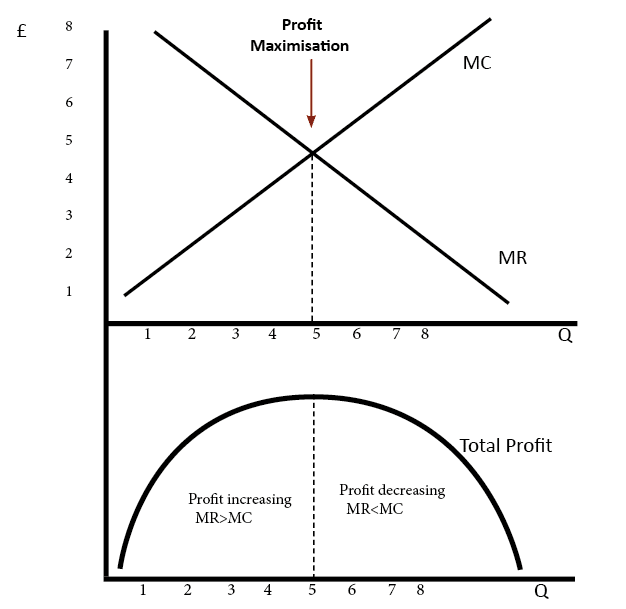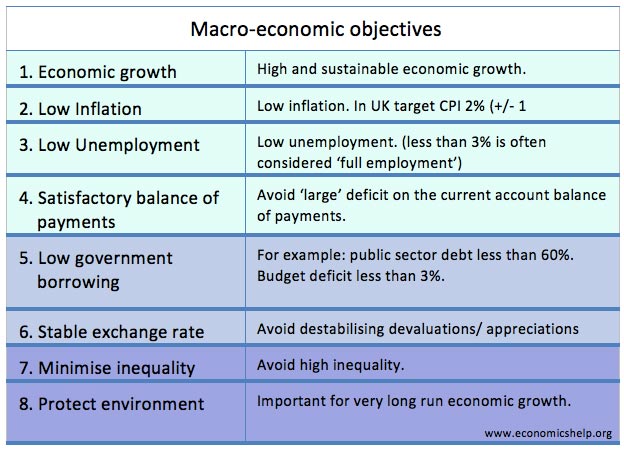Microeconomics Models and Theories
Microeconomics is concerned with the economic decisions and actions of individuals and firms. Within the broad church of microeconomics, there are different theories that emphasise certain assumptions and expectations of economic behaviour. The most important theory is neo-classical theory, which places emphasis on free-markets and the assumption individuals are rational and seek to maximise utility. …

